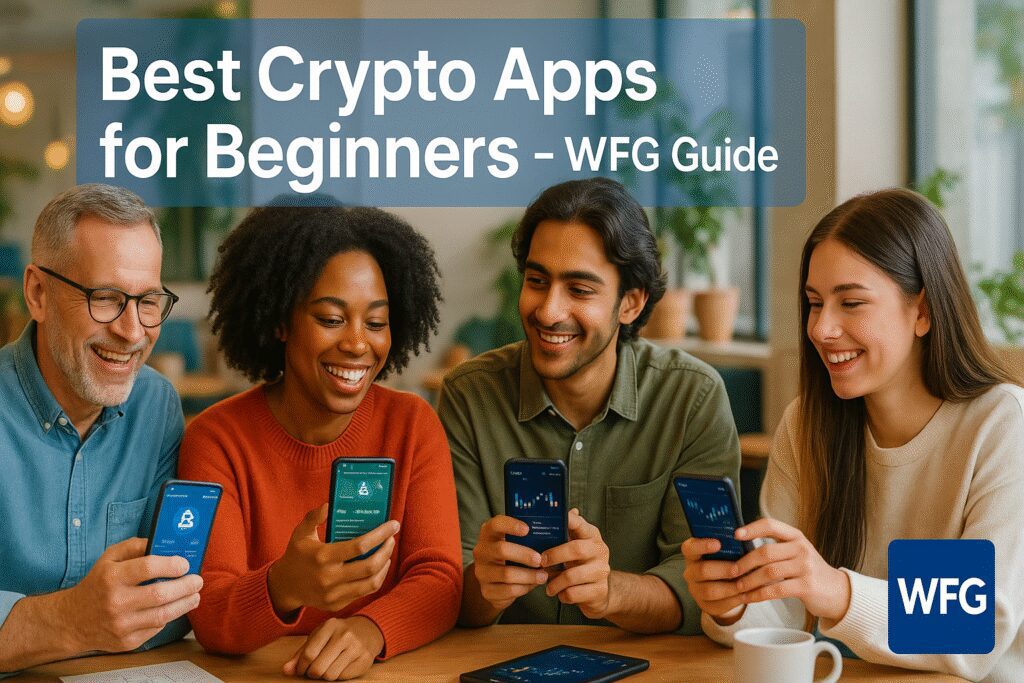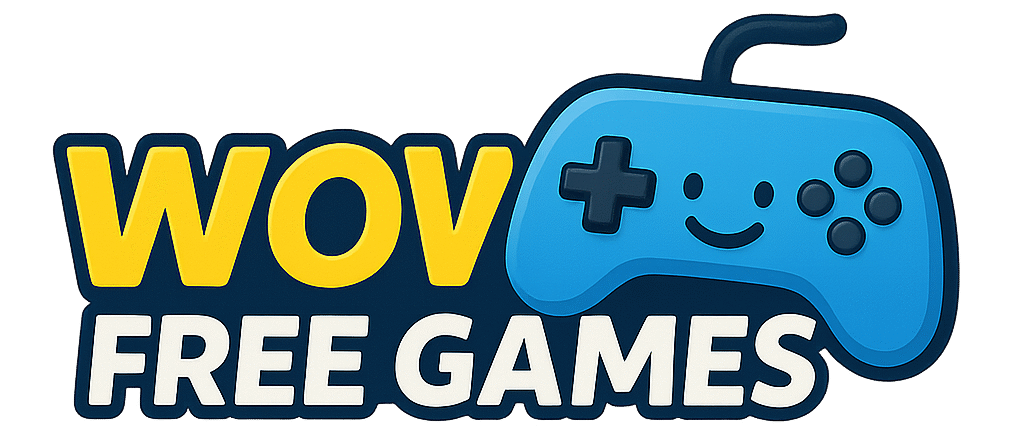Best app for crypto currency searches have skyrocketed as millions discover the potential of digital assets. If you’re standing at the edge of the crypto world, wondering which platform will safely guide your first steps, you’re asking the right question at the perfect time.
The cryptocurrency landscape can feel overwhelming, with countless apps promising easy riches and simple solutions. Yet behind the flashy marketing lies a crucial truth: your choice of crypto app will determine whether your journey becomes a success story or a cautionary tale. The difference between a beginner-friendly platform and a complex trading interface can mean thousands of dollars in avoided mistakes.
What Makes a Crypto App Perfect for Beginners
Choosing the best app for crypto currency isn’t about finding the platform with the most features or the lowest fees. For beginners, success depends on finding an app that prioritizes education, security, and simplicity without sacrificing essential functionality.
User-friendly interface essentials
The interface should feel intuitive from your first login. When you open a beginner-focused crypto app, you shouldn’t need a tutorial to find basic functions like buying Bitcoin or checking your portfolio balance. The best platforms use familiar design patterns, clear labeling, and logical navigation that mirrors apps you already use daily.

Look for apps that separate basic functions from advanced trading tools. Many platforms overwhelm newcomers by displaying complex charts, margin trading options, and derivative products on the main screen. The ideal beginner app hides these features until you’re ready to explore them.
Amazon Lumberyard Explained for Gamers
Security features you can’t ignore
Security separates legitimate platforms from potential disasters. Every reputable crypto app should offer two-factor authentication, cold storage for the majority of funds, and insurance coverage for digital assets. These aren’t optional features for beginners—they’re non-negotiable requirements.
The best apps also provide clear security education. They explain why you should never share your private keys, how to recognize phishing attempts, and what steps the platform takes to protect your investments. If an app doesn’t prioritize security education, it doesn’t prioritize your success.
Educational resources and customer support
Exceptional crypto apps for beginners function as learning platforms, not just trading interfaces. They provide articles, videos, and interactive guides that explain cryptocurrency basics without overwhelming technical jargon. The content should answer real questions: How does Bitcoin work? What’s the difference between various cryptocurrencies? How do taxes work with crypto investments?
Customer support becomes crucial when you’re learning. The best platforms offer multiple contact methods, including live chat, email, and phone support. Response times should be measured in hours, not days, especially when you’re dealing with financial questions or technical issues.
Top 5 Best Crypto Apps for New Investors in 2025
After evaluating dozens of platforms based on beginner-friendliness, security, and educational resources, these five apps consistently deliver exceptional experiences for newcomers.
Coinbase – The gold standard for beginners
Coinbase earned its reputation by making cryptocurrency accessible to mainstream investors. The platform’s greatest strength lies in its educational approach—every feature includes helpful explanations, and the interface guides users through each step of their first purchase.
The app offers Coinbase Earn, where users learn about different cryptocurrencies by watching short videos and completing quizzes, earning small amounts of crypto in the process. This gamified learning approach helps beginners understand the ecosystem while building their first portfolio.
Security features include FDIC insurance for USD balances, cold storage for crypto assets, and comprehensive two-factor authentication. The platform’s regulatory compliance in the United States provides additional peace of mind for security-conscious beginners.
Binance.US – Advanced features made simple
Binance.US brings institutional-grade trading tools to retail investors while maintaining a beginner-friendly interface. The platform excels at progressive disclosure—showing simple buying options to new users while making advanced features available as experience grows.
The educational section provides comprehensive guides covering everything from cryptocurrency basics to advanced trading strategies. The platform’s academy offers structured learning paths that help users advance from complete beginners to confident investors.
Low trading fees make Binance.US particularly attractive for users planning to make regular purchases or explore dollar-cost averaging strategies. The platform supports over 100 cryptocurrencies, providing room for portfolio diversification as knowledge expands.
Kraken – Security meets accessibility
Kraken built its reputation on institutional-grade security while maintaining retail accessibility. The platform has never been successfully hacked, a remarkable achievement in the cryptocurrency industry that speaks to their security priorities.
The mobile app simplifies complex security measures into user-friendly features. Setting up two-factor authentication, creating secure passwords, and understanding withdrawal limits becomes straightforward through guided setup processes.
Educational resources focus heavily on security best practices, making Kraken ideal for beginners who prioritize learning proper cryptocurrency storage and transaction procedures from the start.
Gemini – Regulation-focused platform
Founded by the Winklevoss twins, Gemini emphasizes regulatory compliance and traditional financial industry standards. This focus creates a familiar experience for users transitioning from traditional investing to cryptocurrency.
The platform’s greatest strength for beginners lies in its transparent fee structure and clear educational materials about regulatory compliance. Users learn not just how to buy cryptocurrency, but how to properly report transactions for tax purposes.
Gemini’s insurance coverage and New York state regulatory approval provide additional security layers that appeal to risk-conscious beginners entering the cryptocurrency space.
Cash App – Familiar interface for crypto newcomers
Cash App leverages its existing user base and familiar interface to provide seamless cryptocurrency access. Users who already send money through Cash App can begin buying Bitcoin with minimal additional setup.
The platform’s strength lies in its simplicity—Bitcoin purchases integrate seamlessly with other Cash App functions. This familiar environment reduces the intimidation factor that prevents many people from exploring cryptocurrency.
While Cash App only supports Bitcoin, this limitation actually benefits beginners by removing the overwhelming choice between hundreds of cryptocurrencies. Users can focus on understanding one digital asset thoroughly before exploring alternatives.
Essential Features Every Beginner Should Look For
Understanding which features matter most helps beginners evaluate platforms objectively rather than falling for flashy marketing promises.
Low fees and transparent pricing
Fee structures in cryptocurrency can be complex, with different charges for buying, selling, transferring, and storing digital assets. The best beginner platforms display all fees clearly before transactions, helping users understand the true cost of their investments.
Look for platforms that offer fee-free or low-cost options for beginners, such as fee-free transfers between platform wallets or reduced fees for larger purchases. Some apps also offer subscription models that can reduce overall costs for active traders.
Multiple payment methods
Flexibility in funding methods makes cryptocurrency more accessible. The best platforms accept bank transfers, debit cards, credit cards, and digital payment services like PayPal or Apple Pay.
Each payment method comes with different fees and processing times. Bank transfers typically offer the lowest fees but require several days for processing, while card purchases provide instant access at higher cost. Understanding these trade-offs helps beginners choose the most appropriate funding method for their situation.
Educational tools and market insights
Beyond basic buying and selling, the best apps provide market analysis, price alerts, and portfolio tracking tools that help beginners understand market dynamics. These features should explain market movements in simple terms rather than overwhelming users with complex technical analysis.
Regular market updates, newsletter content, and push notifications about significant price movements help beginners stay informed without requiring constant app monitoring.
Mobile optimization and ease of use
Since many beginners prefer managing investments through mobile devices, app performance becomes crucial. The best platforms offer identical functionality between web and mobile interfaces, with responsive design that works smoothly across different devices.
Mobile-specific features like biometric login, push notifications for price alerts, and offline portfolio viewing add convenience without compromising security.
How to Choose Your First Crypto App Safely
Making the right choice requires systematic evaluation rather than impulsive decisions based on marketing or peer pressure.
Verify regulatory compliance
Legitimate cryptocurrency platforms comply with financial regulations in their operating jurisdictions. In the United States, look for platforms registered with FinCEN and compliant with state money transmission requirements.
Regulatory compliance isn’t just about legitimacy—regulated platforms typically offer stronger consumer protections, including insurance coverage and proper fund segregation.
Start small and test the platform
Before committing significant funds, test the platform with small transactions. Evaluate the user experience, customer support responsiveness, and security features with minimal risk.
This testing phase helps identify potential issues before they affect larger investments. Pay attention to withdrawal processes, fee calculations, and how well the platform explains each step.
Understand fees before you invest
Create a clear picture of total costs by calculating fees for your planned investment strategy. Consider buying fees, selling fees, withdrawal costs, and any subscription charges.
Compare total costs across multiple platforms rather than focusing solely on advertised trading fees, which may not reflect the complete cost structure.
Common Beginner Mistakes to Avoid When Selecting a Crypto App
Learning from others’ mistakes accelerates your success while avoiding costly errors.
The biggest mistake involves choosing platforms based on promises of quick profits rather than educational resources and security features. Cryptocurrency investing requires patience and knowledge—apps that promise instant wealth typically deliver instant losses.
Outsourcing Video Game Development: A Complete Guide for Studios
Many beginners also neglect security setup, using weak passwords or skipping two-factor authentication because the process seems complicated. These shortcuts create vulnerabilities that could result in total loss of investments.
Another common error involves choosing platforms with complex interfaces because they “look professional.” Complexity doesn’t equal quality, and the best beginner platforms prioritize simplicity and clear communication over impressive-looking charts and indicators.
Finally, new investors often fail to research customer support quality until they need help. Test support responsiveness during the evaluation phase, not during a crisis when you need immediate assistance.
Frequently Asked Questions About Crypto Apps
Which crypto app is best for complete beginners?
Coinbase consistently ranks as the best crypto app for complete beginners due to its educational focus, user-friendly interface, and comprehensive security features. The platform’s Coinbase Earn program helps newcomers learn while building their first cryptocurrency portfolio.
Are crypto apps safe for storing large amounts of cryptocurrency?
While reputable crypto apps implement strong security measures, they’re best suited for smaller amounts and active trading. For large holdings, consider hardware wallets or cold storage solutions that keep your cryptocurrency completely offline.
How much money do I need to start using a crypto app?
Most crypto apps allow purchases starting at $1-$10, making cryptocurrency accessible regardless of budget. Starting small allows you to learn platform features and market dynamics without significant financial risk.
Do I need to pay taxes on cryptocurrency bought through apps?
Yes, cryptocurrency purchases and sales through apps create taxable events that must be reported to the IRS. Many platforms provide tax reporting tools and documentation to help users comply with tax obligations.
Can I use multiple crypto apps at the same time?
Using multiple platforms is common and can provide access to different cryptocurrencies, features, and pricing. However, beginners should master one platform thoroughly before adding complexity with multiple accounts.
What happens if my crypto app company goes out of business?
Reputable platforms segregate customer funds and provide insurance coverage for digital assets. However, cryptocurrency investments carry risks, and users should never invest more than they can afford to lose regardless of platform reputation.



